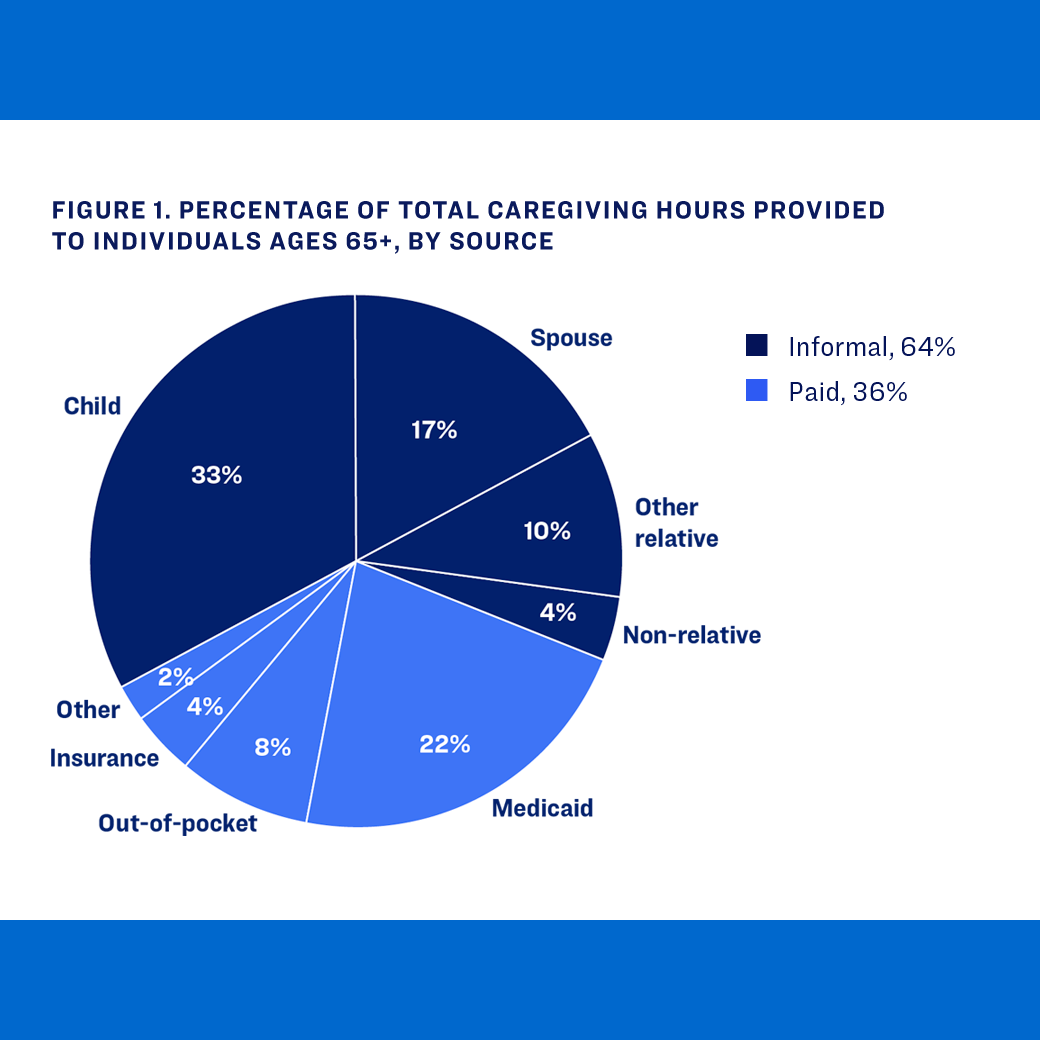Many older adults will require some long-term care later in life, with over half needing intensive support, often for an extended period.
Summary
The resources required to meet high-intensity, long-duration care needs can be substantial. Yet, little research has focused on whether people have a good sense of how much help they may need with daily activities as they age. This paper compares two measures of self-assessed long-term care risks with objective probabilities of needing high-intensity care and whether the accuracy of people’s perceptions varies by socioeconomic characteristics.
Key Insights
- On average, older adults have accurate long-term care risks (LTC)—whether it be nursing home use or serious cognitive limitations.
- Blacks and women, however, consistently underestimate their risks of needing LTC. These groups also have a higher probability of high-intensity care needs and the fewest resources to provide for their care—potentially resulting in unmet needs.
- While being aware of long-term care risks doesn’t equate to being financially prepared to pay for long-term care, awareness of the risks is the first step in being prepared.




